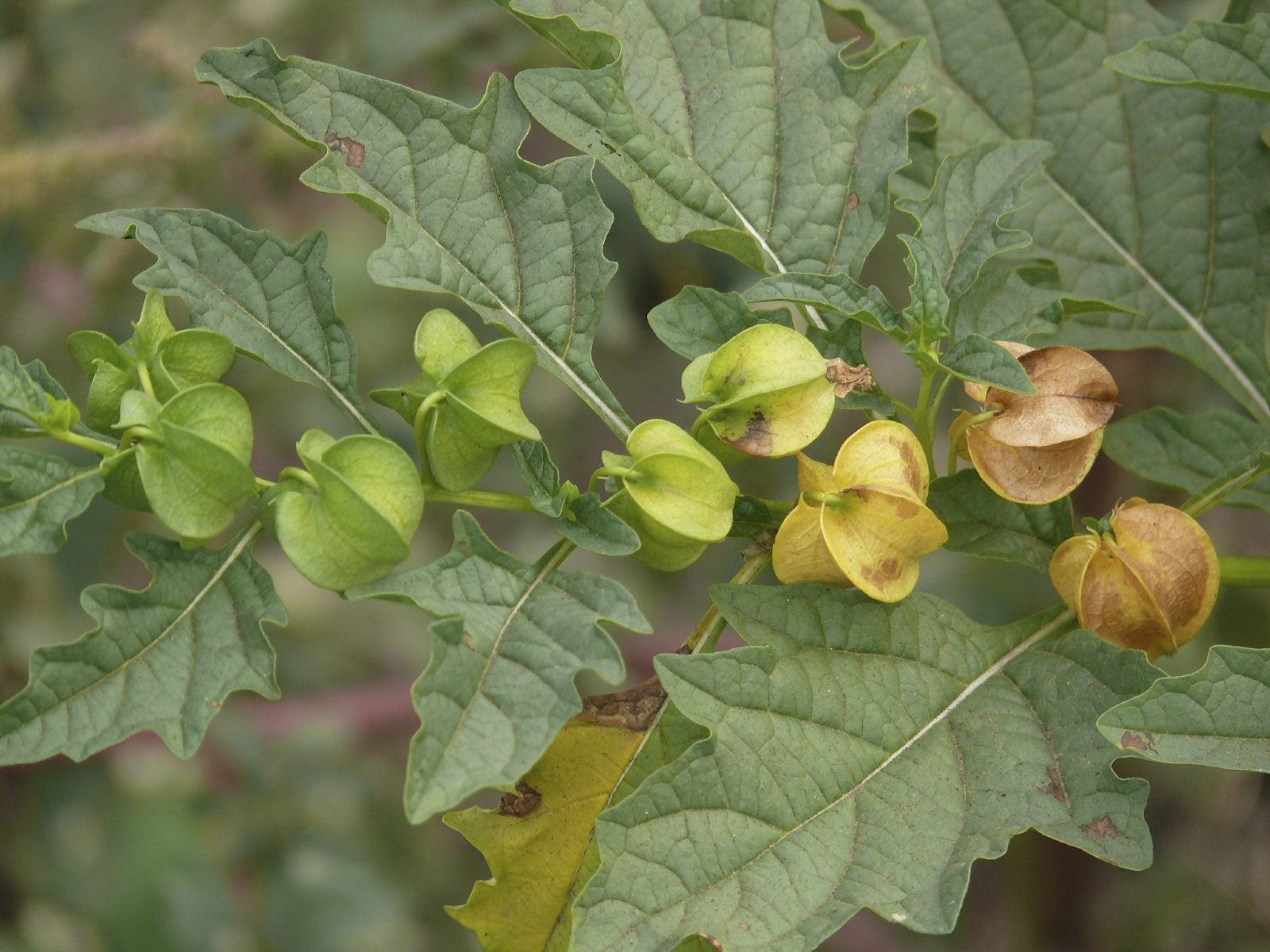Apple Of Peru Plant Info – Learn About Growing Shoofly Plants


The apple of Peru plant (Nicandra physalodes) is an interesting specimen. Native to South America (hence the name), this member of the nightshade family produces attractive flowers and can be used in a homemade insecticide. What is apple of Peru? Keep reading to learn more about the apple of Peru plant.
Apple of Peru Plant Info
Apple of Peru (shoofly plant to some) is a half hardy perennial that’s usually grown as an annual in USDA zones 3 through 8. It can reach 5 feet (1.5 m.) in height by the end of the summer, and blooms for two to three months during the summer. It produces light purple to blue flowers that grow in a bell shape. Even though it blooms constantly, the flowers only last for about a day, and the apple of Peru plant only ever has one or two flowers in bloom at a time. In the southern U.S., people rub the leaves on their skin as a fly repellant and will set it out in a dish mixed with milk to attract and poison flies, earning it the alternate name shoofly. In addition to being poisonous to flies, it is also poisonous to humans, and should NEVER be eaten.
Growing Shoofly Plants
Are shoofly plants invasive? Somewhat. The plants self-seed very easily, and where you have a single plant one summer, you will have many more the next summer. Keep an eye on them and try to collect the big seed pods before they have time to drop to the ground if you don’t want them to spread too much. Growing shoofly plants is easy. Start your seeds indoors about seven to eight weeks before the last frost, then transplant them outside once the temps in your area are warm enough to do so. They like soil that drains well but will thrive in various types otherwise.
Sign up for the Gardening Know How newsletter today and receive a free copy of our e-book "How to Grow Delicious Tomatoes".

The only child of a horticulturist and an English teacher, Liz Baessler was destined to become a gardening editor. She has been with Gardening Know how since 2015, and a Senior Editor since 2020. She holds a BA in English from Brandeis University and an MA in English from the University of Geneva, Switzerland. After years of gardening in containers and community garden plots, she finally has a backyard of her own, which she is systematically filling with vegetables and flowers.